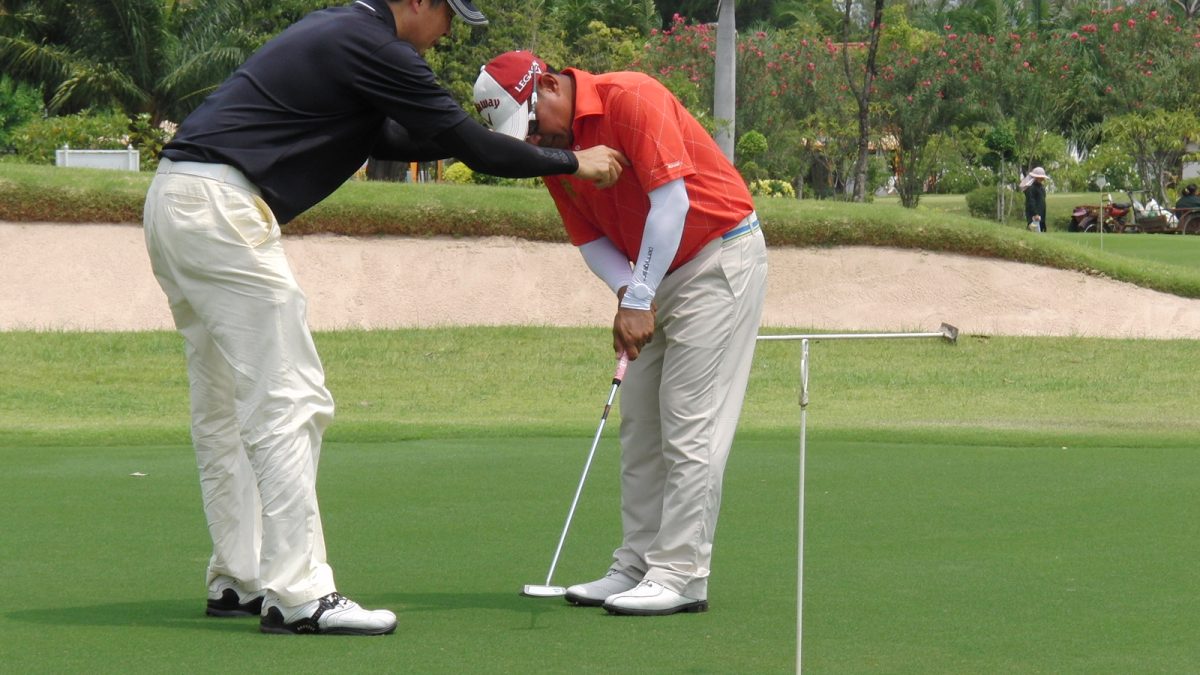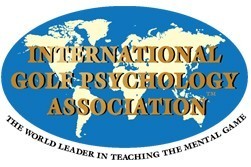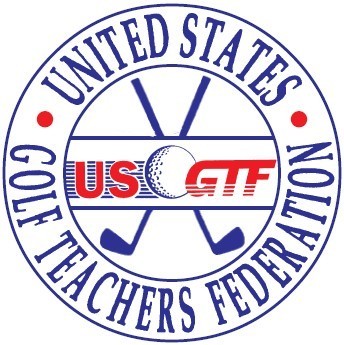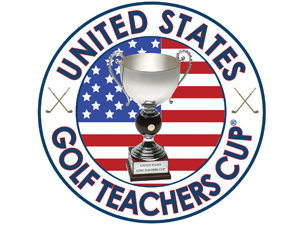Blog
Working With A New Student
Feel Is Real…Or Is It?
Healthy human beings are gifted with five senses: sight, sound, feel, smell, and taste. And three of those can be used in imparting golf instruction, unless someone has found a way to also incorporate smell and taste into a lesson. Now, wouldn’t that be interesting!
In many lesson scenarios, it’s common to hear the teacher keep up a running monologue for the duration of the lesson. Such teachers are sound-based, or audio-based, where most of the instruction is imparted via the spoken word.
Other teachers like to demonstrate often during the lesson by hitting many shots. One has to wonder whether they’re just trying to sneak in some practice on their own games by teaching this way. However, there actually may be some merit in this type of teaching, as it addresses the visual portion of our senses.
Less common is the lesson where the teacher is actively putting the students into swing positions, helping them move throughout the swing, or having them do drills for the majority of the lesson. This is a feel-based lesson, and for some reason it seems to be the least-used method of teaching.
Teachers who teach mainly with a sight-based or sound-based method of communicating should realize that the student needs to eventually translate this instruction into feel. Regardless if the student learns best by sight or sound, or is analytical, he or she uses feel to move the club throughout the swing.
Speaking of which, the teacher needs to determine which sense the student learns best with. Some players only need to hear what they need to do and can then translate this into feel; others need to see it in action.
The sense of sight
The two ways for a student to gather information in regards to sight are watching others or watching themselves, such as through video or still pictures. Students who learn best through sight can benefit from a teacher who hits many shots during the lesson, especially if the teacher has a fine swing. Think about it: A lot of people love to hang out at the range at a tour event, watching the players hit shot after shot. The late Moe Norman used to give clinics where he mainly hit shots for a couple of hours, with a minimum of instruction and speaking. People were fascinated with his abilities, and were content to just watch.
Some clues that may indicate a student learns best by sight is if they like to watch golf on television, like to look at swing sequence pictures, or are often videoing their own swings. Such students may benefit with the teacher also videoing the student’s swing throughout the lesson, instead of just filming a couple of swings to start the lesson, which is more the norm.
When giving demonstrations, teachers should take great care in making sure the demonstration is accurate, and that the demonstration matches up with the verbal explanation.
The sense of sound
Some students prefer to hear what they need to do. Highly-skilled players are experts at this, as they tend to have all their senses heightened when it comes to golf. Amateurs and club players may also tend to prefer verbal instruction if their overall comprehension skills are at a high level. Such people may include writers, editors, and people who do a lot of public speaking in their jobs. People who love to read books about golf may also be verbal-based learners.
When giving verbal instruction, the teacher needs to make sure the instruction is easily understood and accurate, and that the communication is clear. A good way to do this is for the teacher to speak to his or her students as if they are in grade school. This is not to say the students should be spoken to in a condescending manner, but rather, in a simplified manner.
The sense of feel
As was mentioned earlier, all instruction needs to eventually be translated into feel by the student, and feel is an individual thing. Two golfers may be making the same move and yet feel it in totally different ways. In helping a student translate visual and verbal instruction into feel, the teacher needs to ask the student what it feels like, instead of telling them what it should feel like. It’s okay to give some suggested feels, but the final judge is the student.
The headline of this article asks whether feel is real or not. A lot of teachers have pointed out that throughout the years, various tour players aren’t really doing what they say they are doing. With video being so prevalent, this doesn’t happen as much as in the past, but you still hear it. Mark O’Meara, in a Golf Magazine cover story a number of years ago, said he started his downswing with his arms and hands, although any video analysis clearly showed he started it with his lower body.
Another case where feel isn’t real is the student who drags the club back inside and then comes over the top. To them, they may well feel like they’re taking it back and through on the same plane. When they actually do take it back and through on the same plane, it will in all likelihood feel as if they’re taking the club back outside and looping it to the inside.
We can conclude feel is real when the student makes a move different than he or she is used to, but may not be when it comes to making their normal move. Golfers often give a feel-based analysis of what they did wrong after a poor shot, and generally this is an accurate feel of what went wrong. Our jobs as teachers involves not only making sure the student has the right feels, but feels them accurately. If we can do this, the student will have the minimum of trouble making the desired change.







